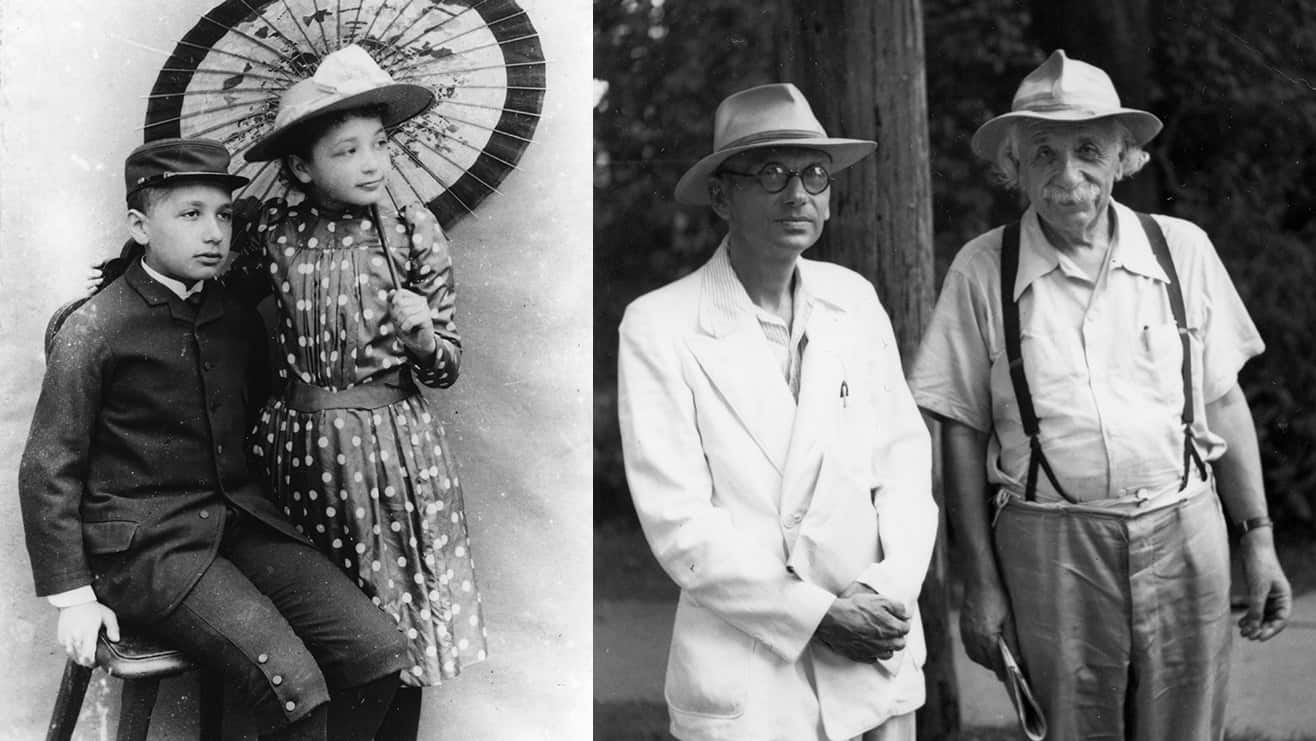NASA’s Spitzer Space Telescope has captured a grand view while exploring patches of the sky. In an infrared image captured by the telescope and posted on social media by NASA, we see a cosmic cloud that resembles a butterfly. But don’t be fooled. This image is of a cluster of “baby stars”, a nebula of new stars. The image shows huge red clouds of gas and dust where new stars may form. What looks like a butterfly’s wings are actually giant bubbles of hot, interstellar gas that are emanating from the hottest and most massive stars.
The image is not only a treat for the eyes, but also shows the process that takes place in the nebula. According to the post by NASA, “Besides being beautiful, this nebula demonstrates how the formation of stars results in the destruction of the very clouds that helped create them.”
The post went on, “Inside giant clouds of gas and dust in space, the force of gravity pulls material together into dense clumps. Sometimes these clumps reach a critical density that allows stars to form at their cores.” The bubbles, in the pictures, are formed when radiation and winds from the massive stars combine with the material that releases into space when the stars explode. But the process disperses the surrounding gas and breaks up the dense clumps.
NASA wrote, “In fact, the material that forms this nebula’s wings was ejected from a dense cluster of stars that lies between them.”
The image, released by NASA, contains not one but two-star clusters.






